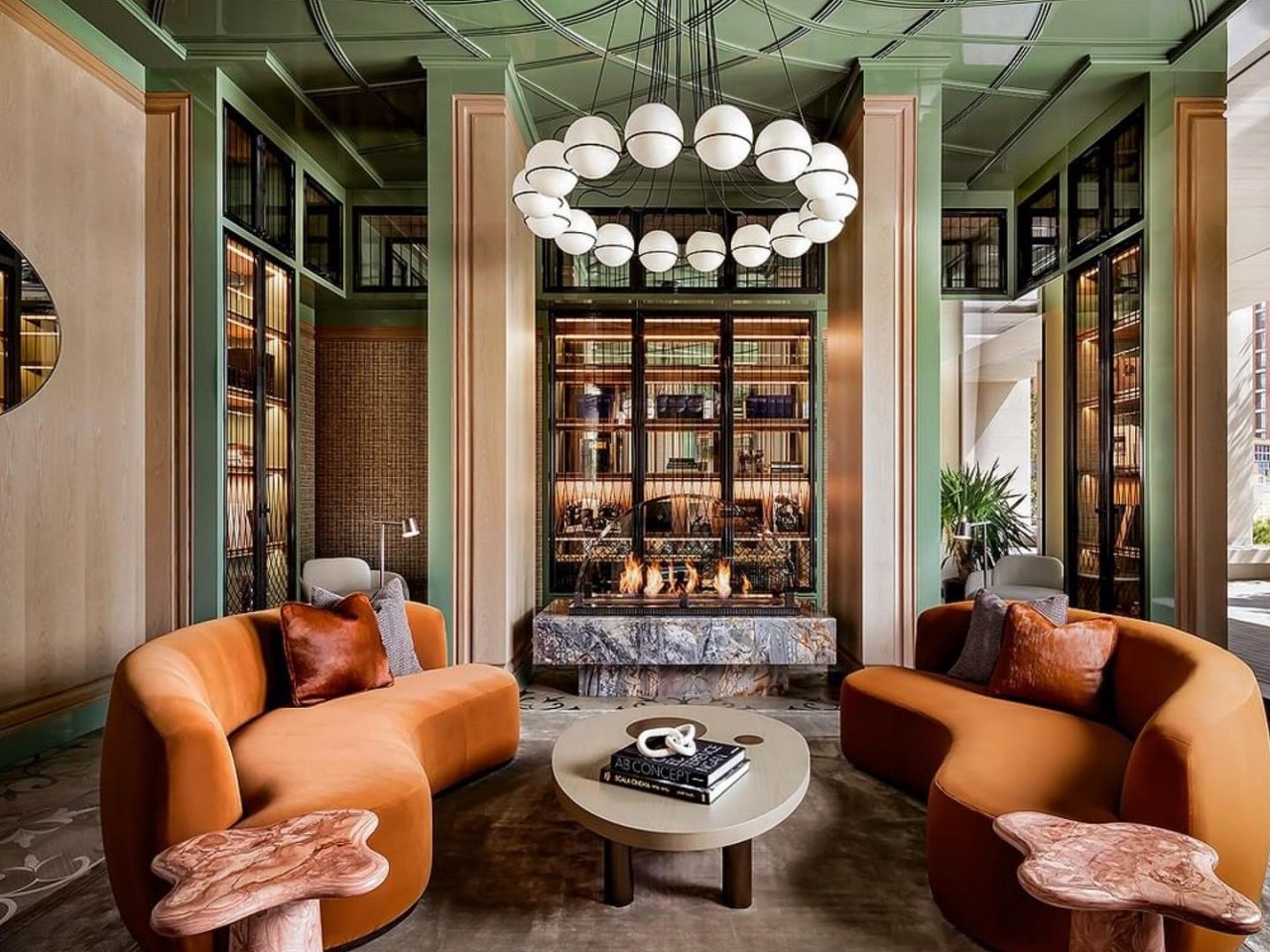
Interior design involves crafting an indoor space that caters to the various requirements and needs of the occupants. It is the combination of artistic, creative, and practical interior solutions that simultaneously aligns with the structural framework of the space. This process prioritizes well-being, safety, and health, along with the integration of style and aesthetics.
Designer: AB Concept
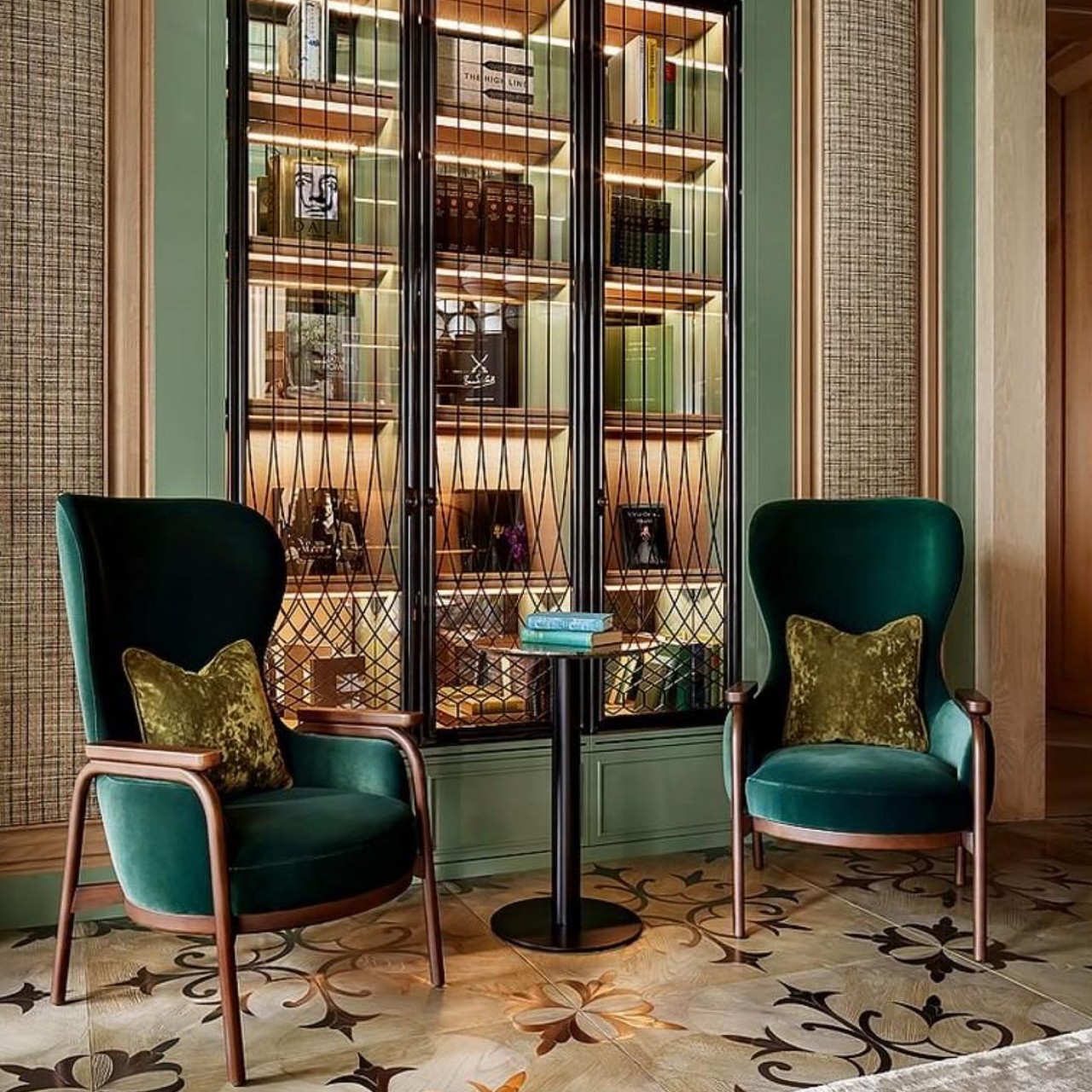

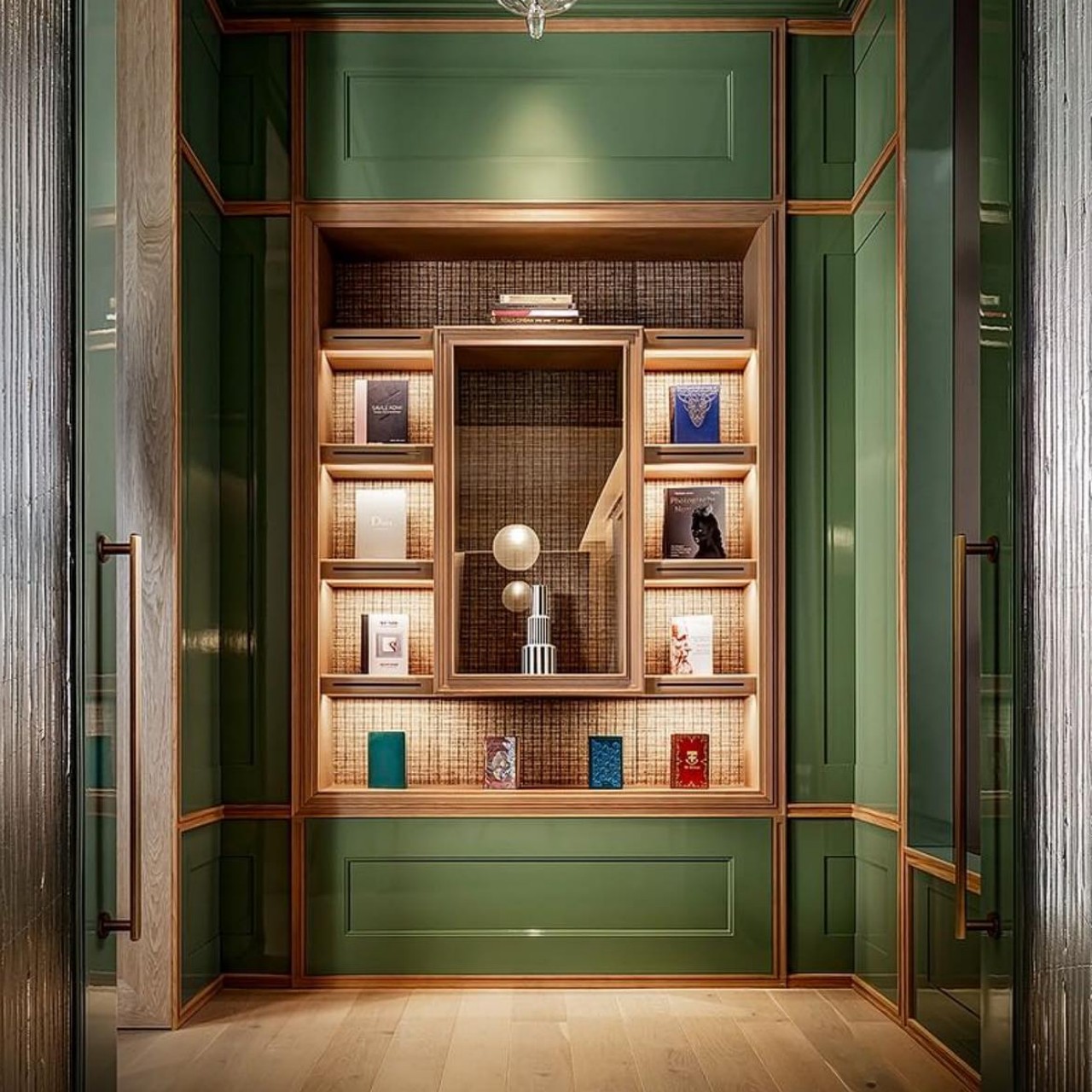

Who is an interior designer?
An interior designer is a creative problem solver and professional who employs design principles that revolve around functionality, materiality, safety, and building codes. There has been a major transformation in the field of interior design since the 20th century where the design professional prioritizes client preferences, and their individual needs, and beautifies the space to improve the living conditions. Interior designers intentionally craft daily spaces, creating art for people to live, work, and play within. Their expertise spans across residential, commercial, hospitality, and healthcare spaces.
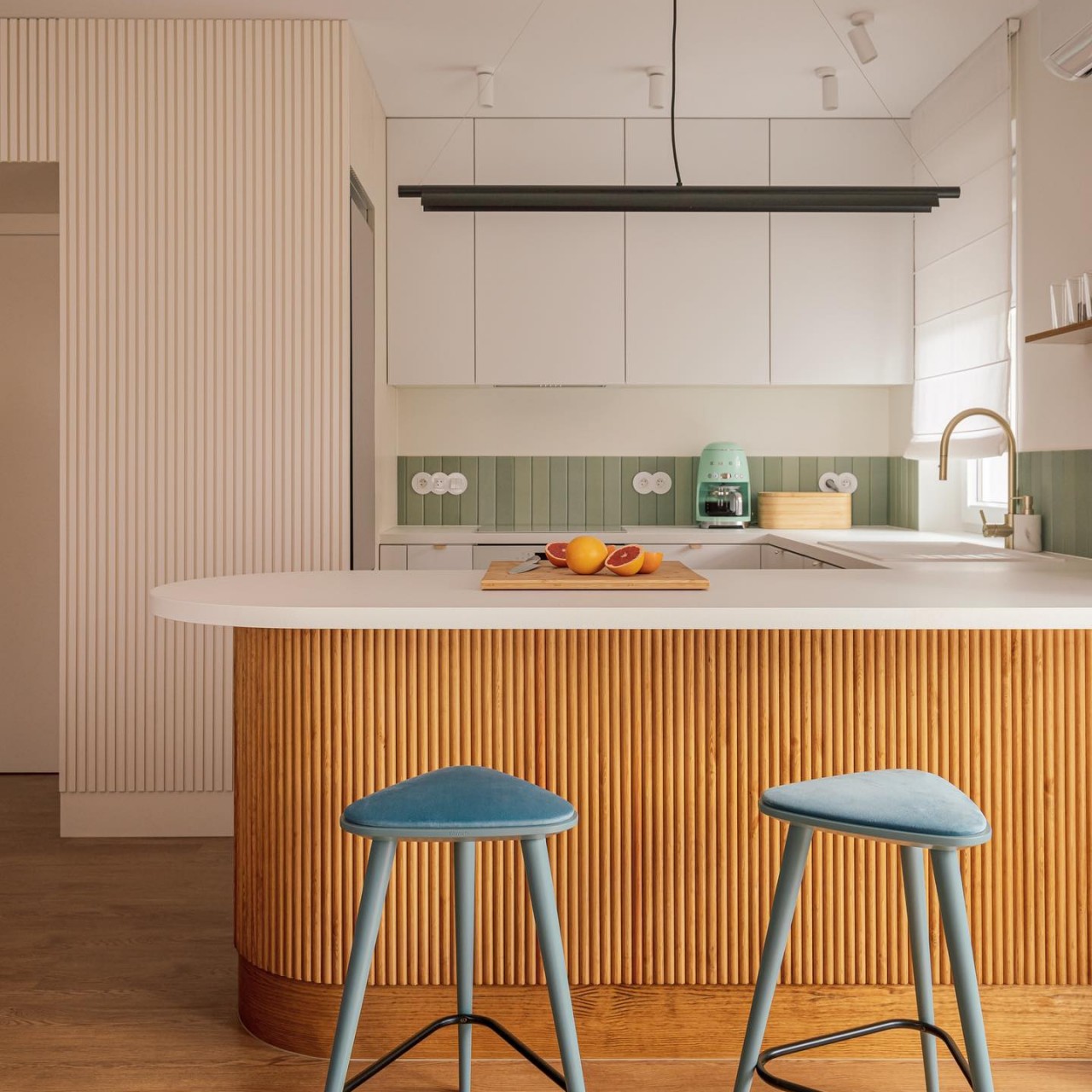

Designer: Wojtyczka Pracownia Projektowa
What does an interior designer do?
Interior designers are expected to possess proficiency in various areas including:
• Knowledge about textiles, materials, color, space planning, sustainability, and so on.
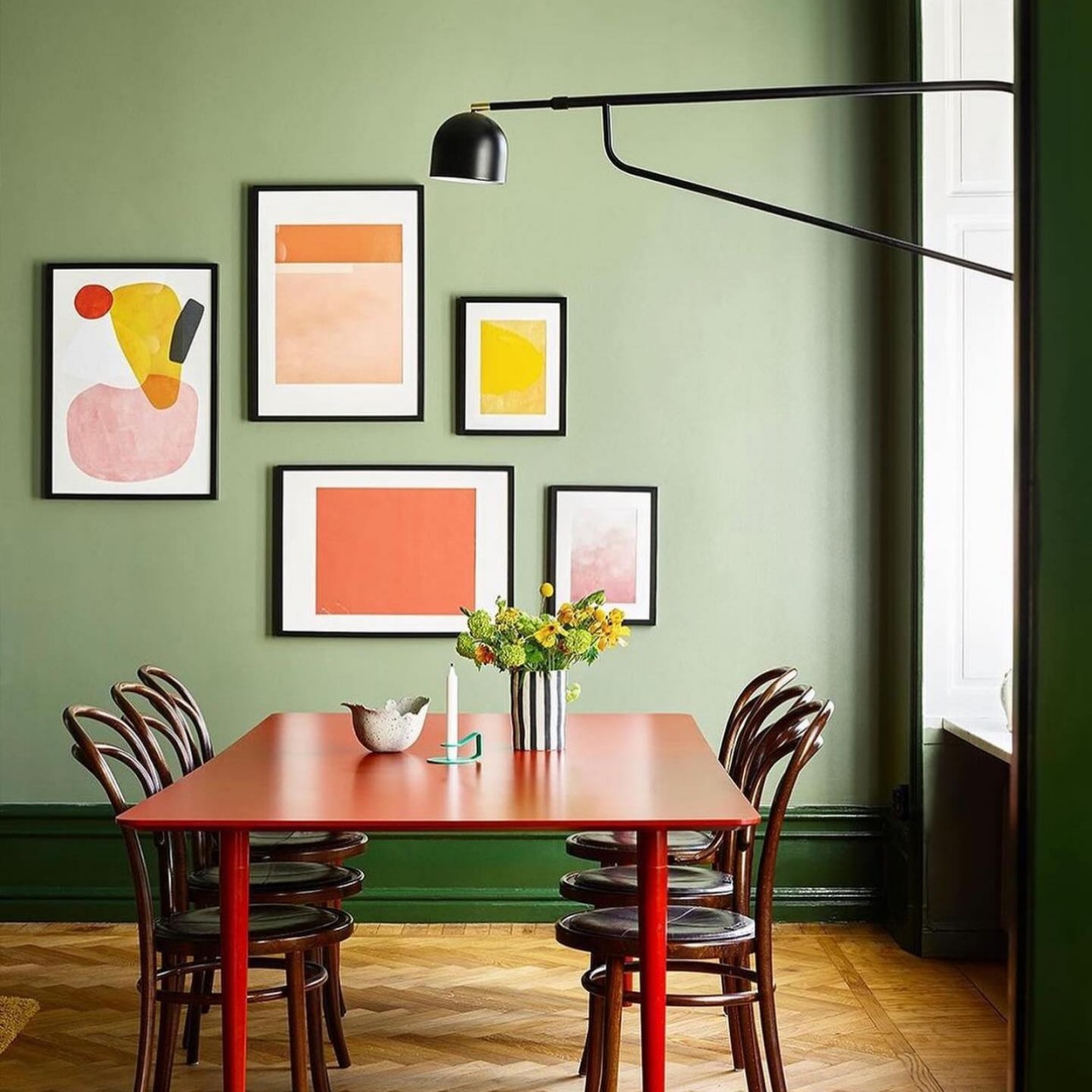

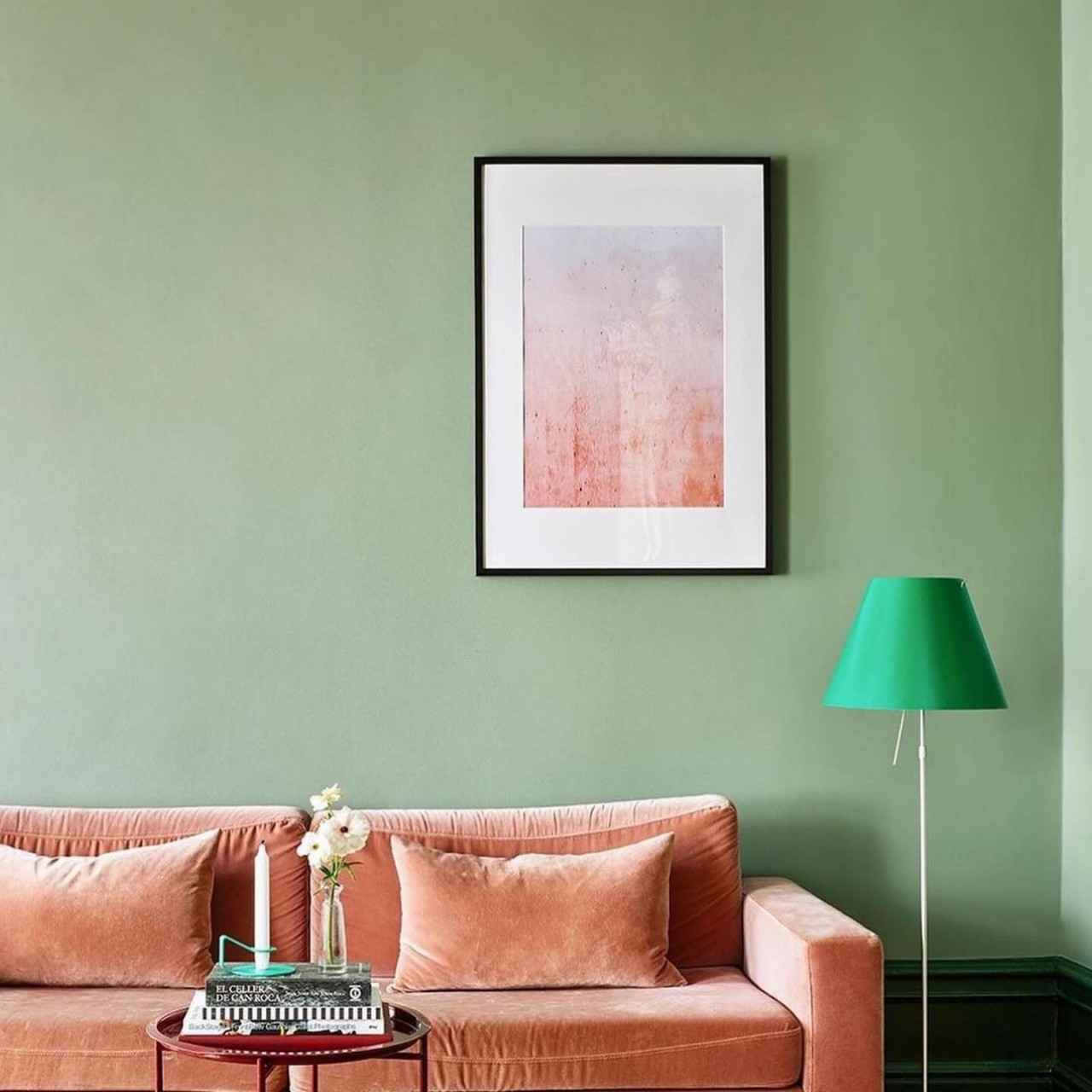

Designer: Alcro
• They should have knowledge about the software applications for 2D and 3D computer-aided design (CAD) along with building information modeling (BIM).
• Structural requirements, health and safety considerations, and building codes.
• Interior designers work in collaboration with contractors, architects, engineers, craftsmen, furniture dealers, and both businesses and homeowners.
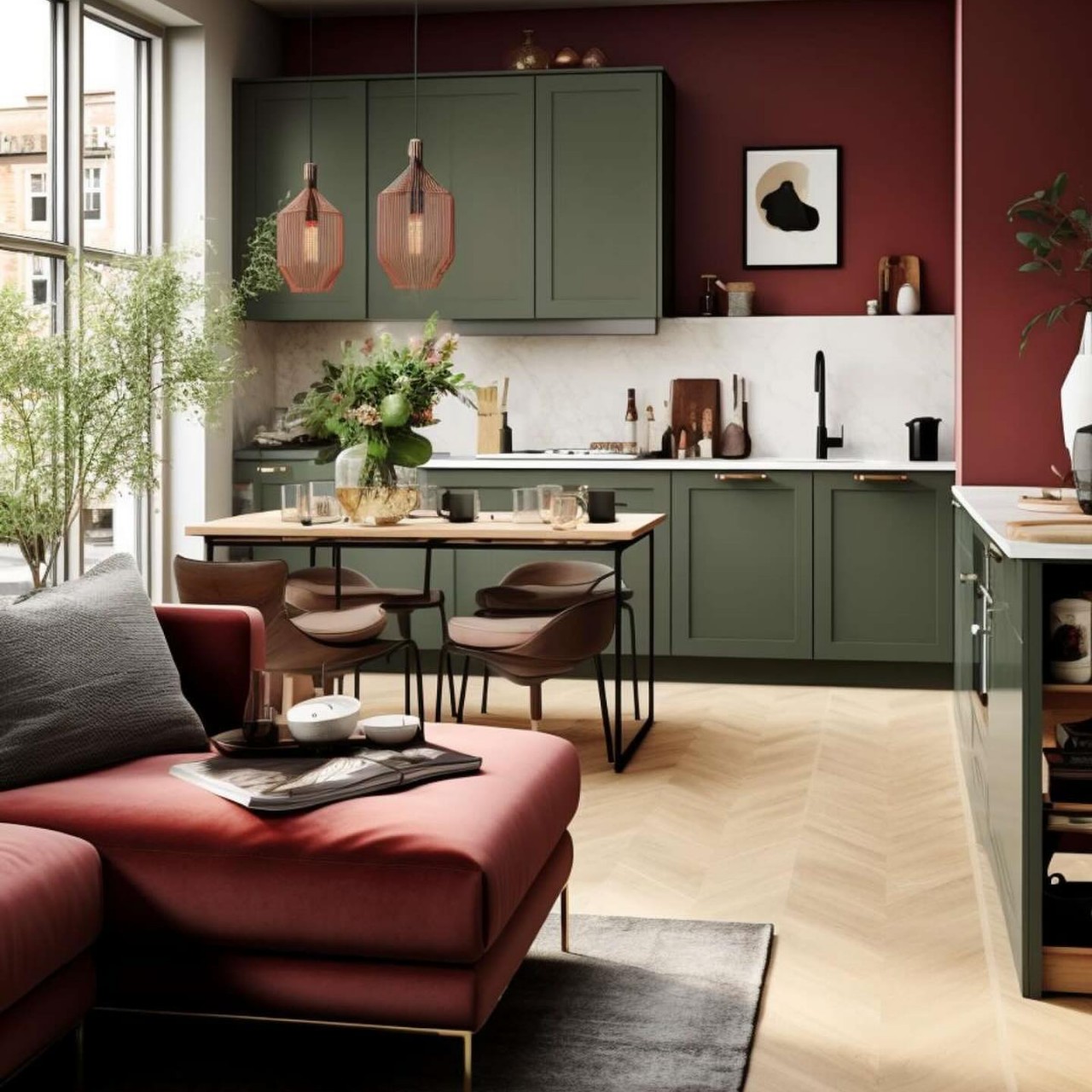

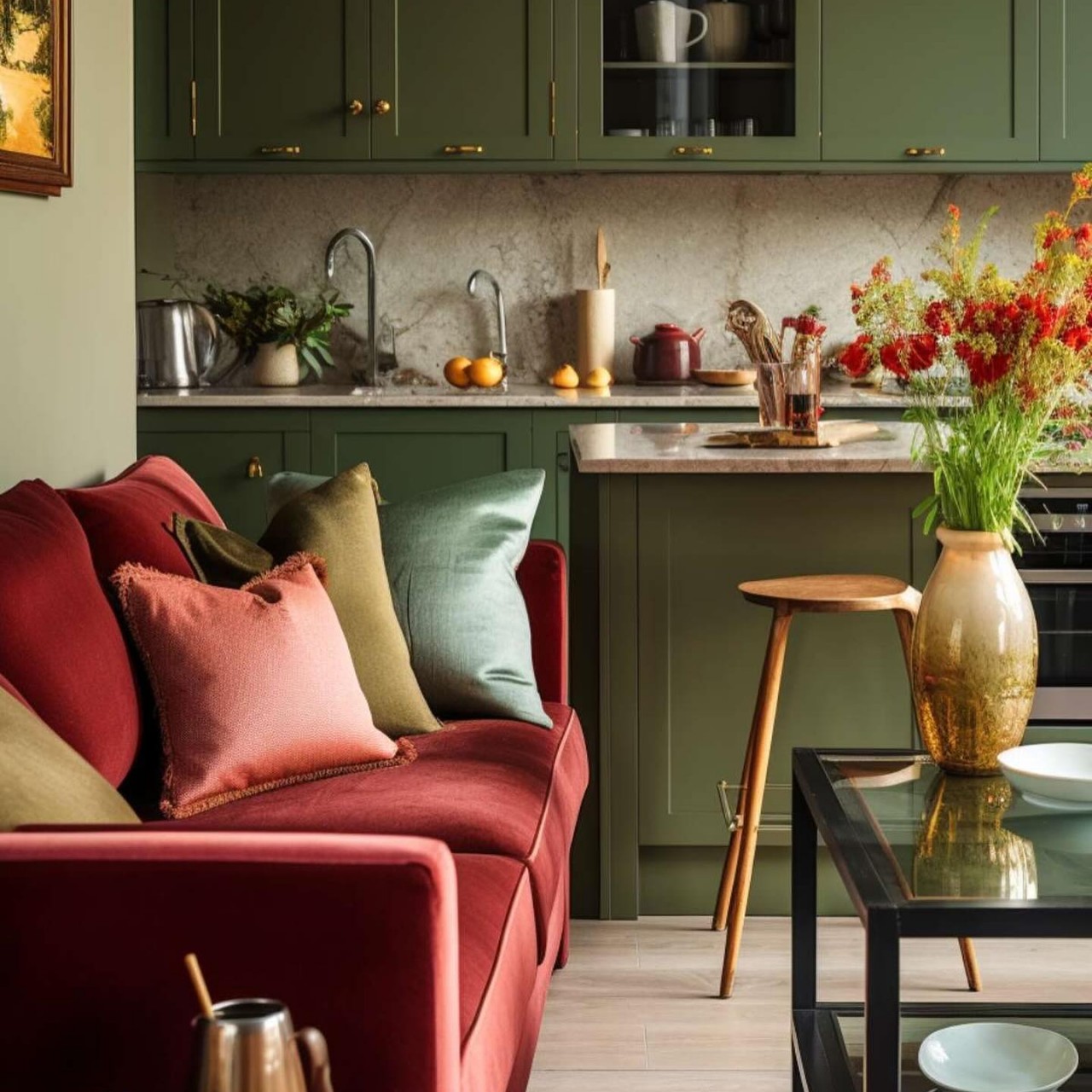

Designer: Mel Boyden
• Interior designers need to understand how their work fits into a larger community and plan and complete practical design projects within set timelines.
• Their responsibilities include creating concepts to meet client needs, developing construction drawings, coordinating with engineering consultants, managing projects with contractors, and representing clients from start to finish.
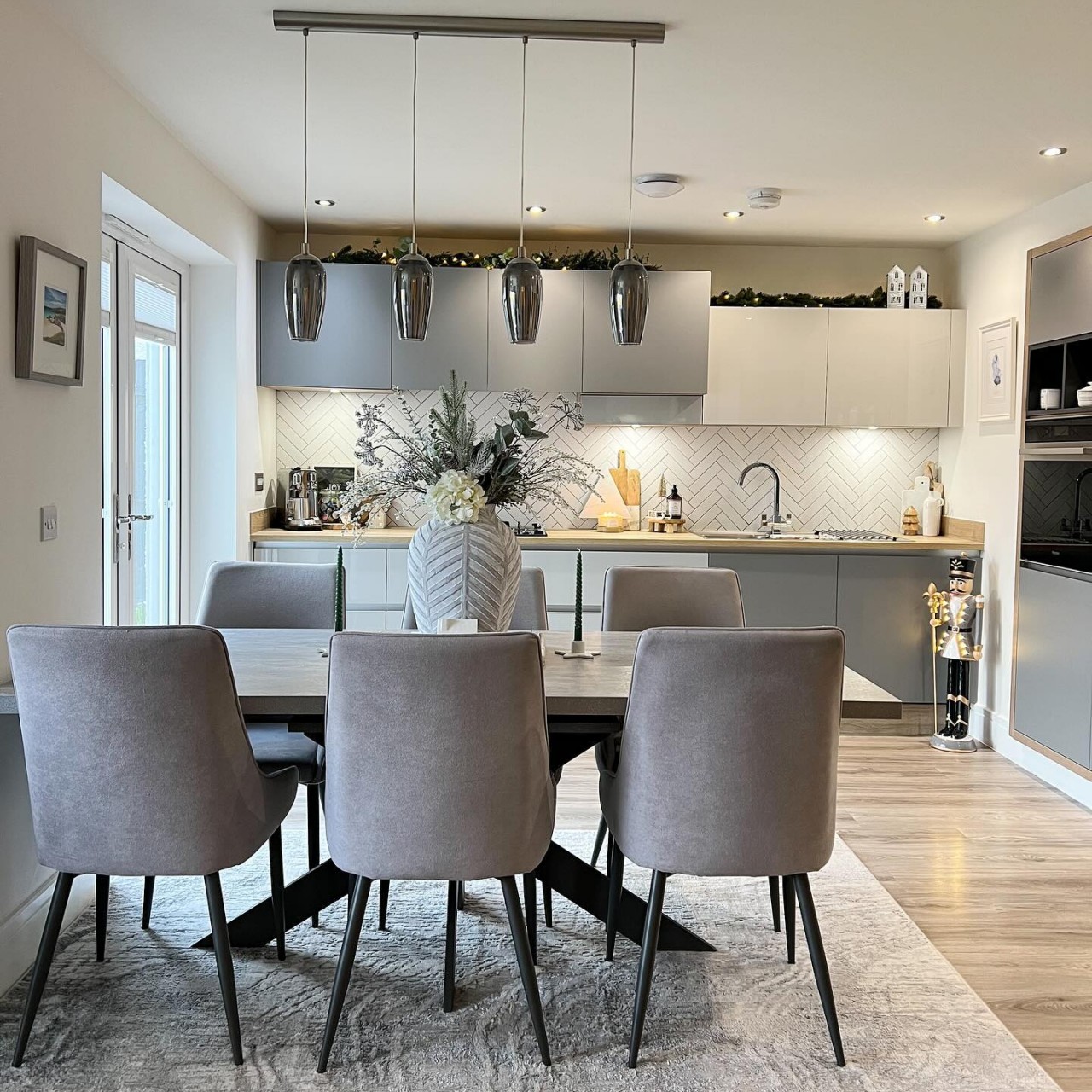

Designer: Kim
• They also perform specific tasks like sketching plans, creating mood boards, space planning, setting budgets, and sourcing materials to prioritize space use and functionality in projects.
What is the difference between an interior designer and an interior decorator?
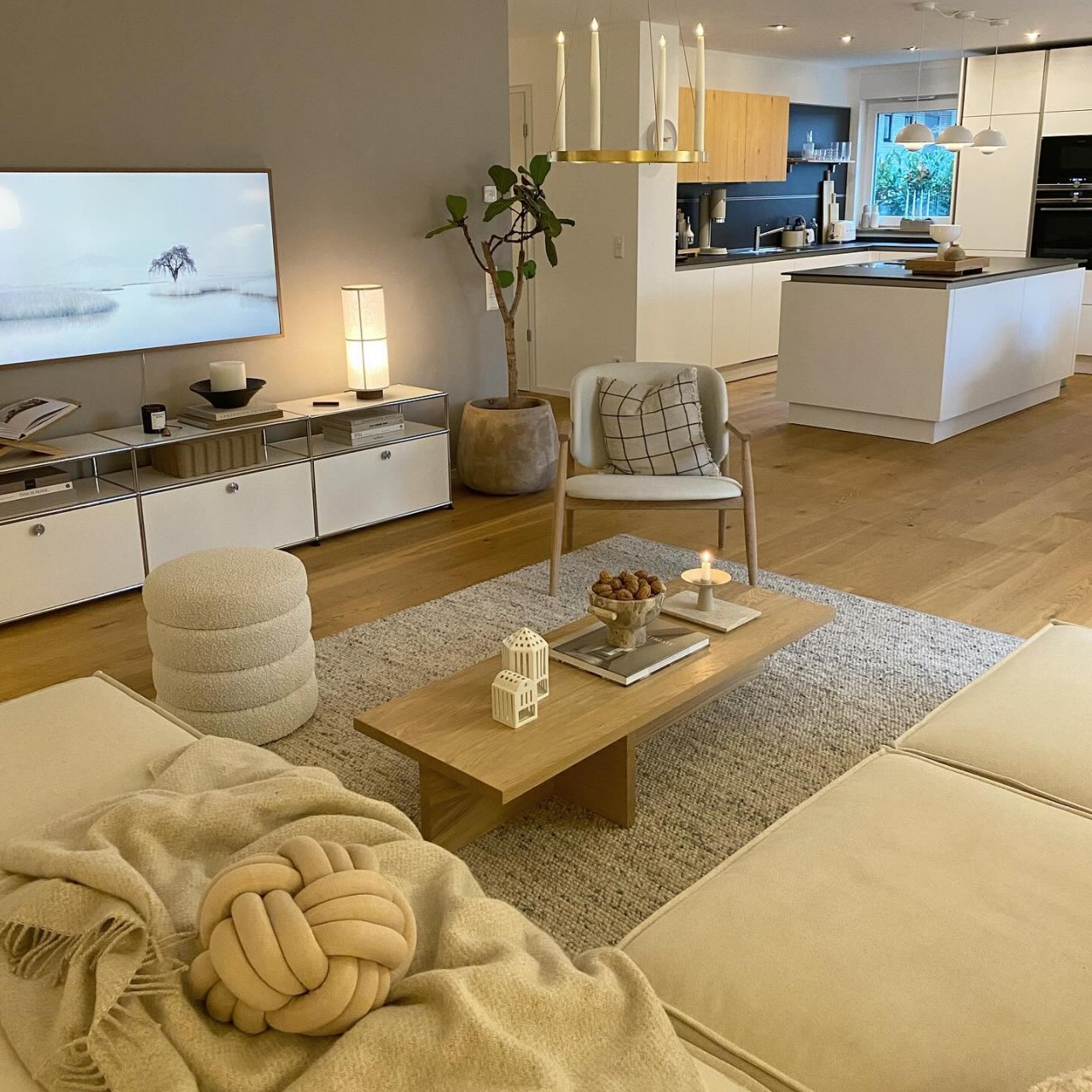

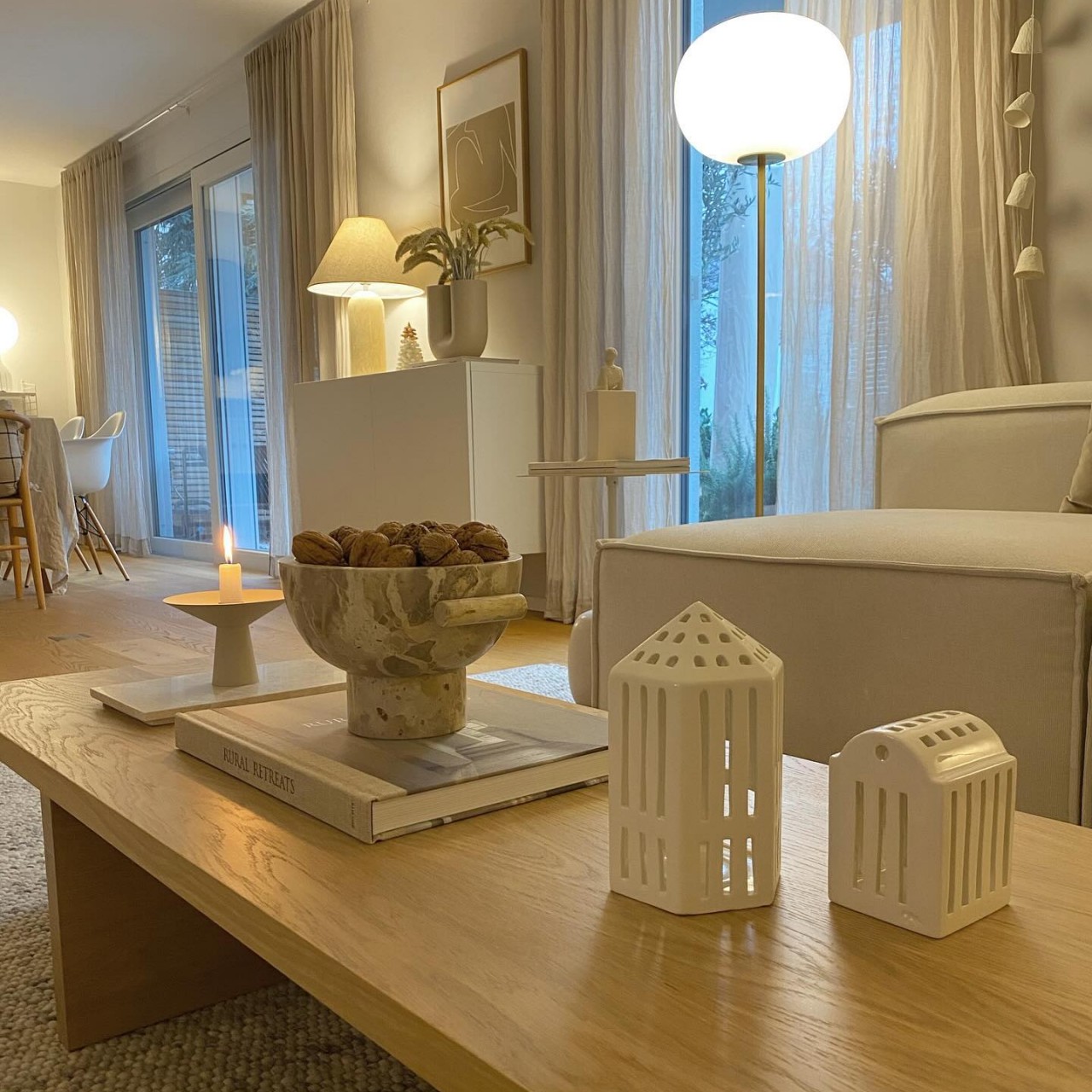

Designer: Kate Bonsels
Interior designers and architects create the spatial foundation, while decorators focus on filling the space. Despite distinct roles, they are all design professionals contributing to a project. Interior designers must understand their role in the broader context of architecture, engineering, and science. The main difference is that decorators prioritize the visual and tactile aspects of finishes and furnishings for their combined impact.
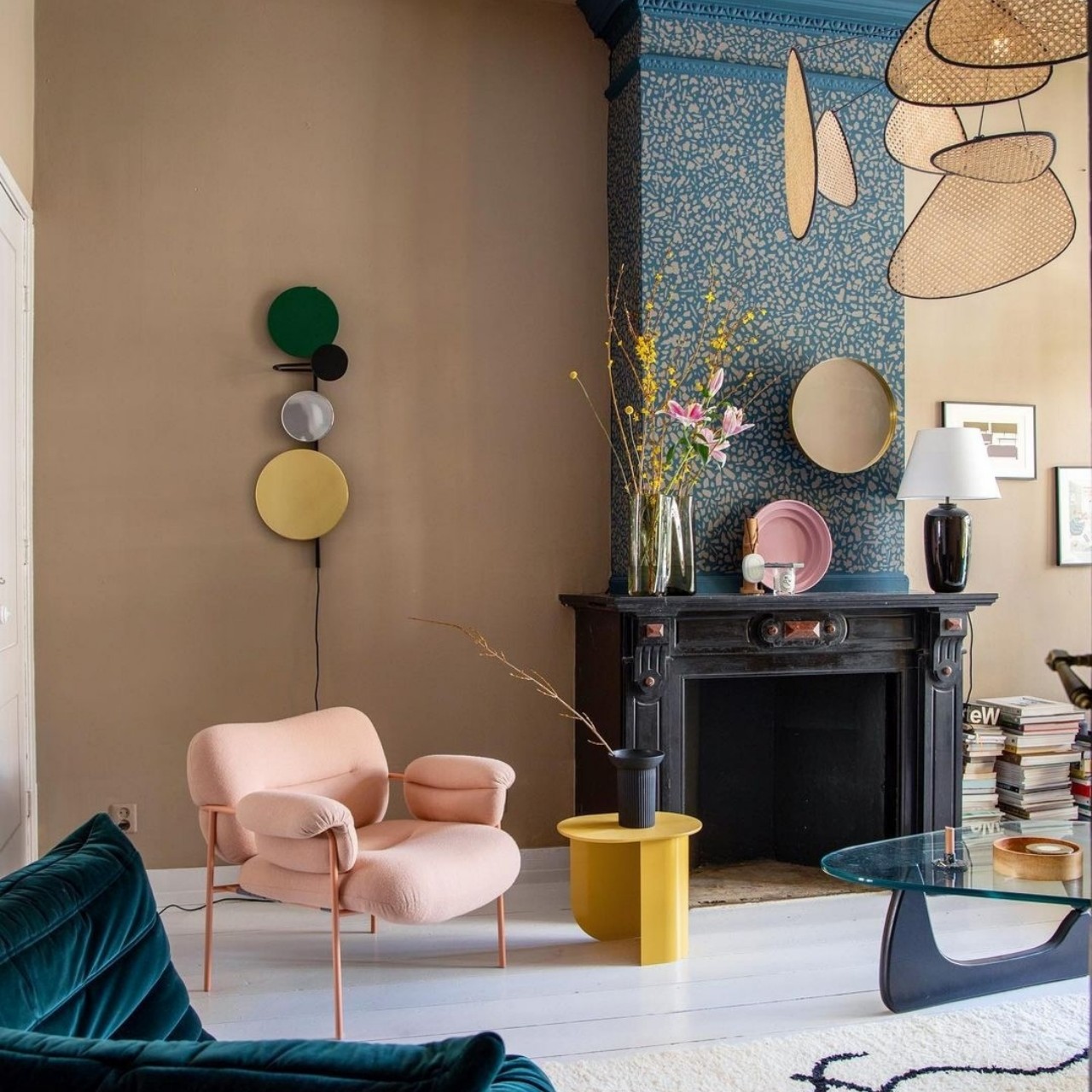

Designer: Nordiska Galleriet
What are the benefits of hiring an interior designer?
An interior designer optimizes space, creating a home that reflects the homeowner’s taste and lifestyle. They streamline the design process, offering long-term recommendations for lasting, aesthetically pleasing, and balanced decor. Here are the advantages of hiring a designer versus the DIY approach for your home’s interiors.
Efficient Space Management


Designer: Nordic Living
Interior designers specialize in space planning, maximizing space, and enhancing the functionality of the home by utilizing every available square inch. During the design phase, the interior designer takes precise measurements of the site and determines the furniture layout. When designing the interiors, their primary goal is to achieve optimal circulation space, maximize natural light, and establish a clutter-free and well-organized environment.
Coordination
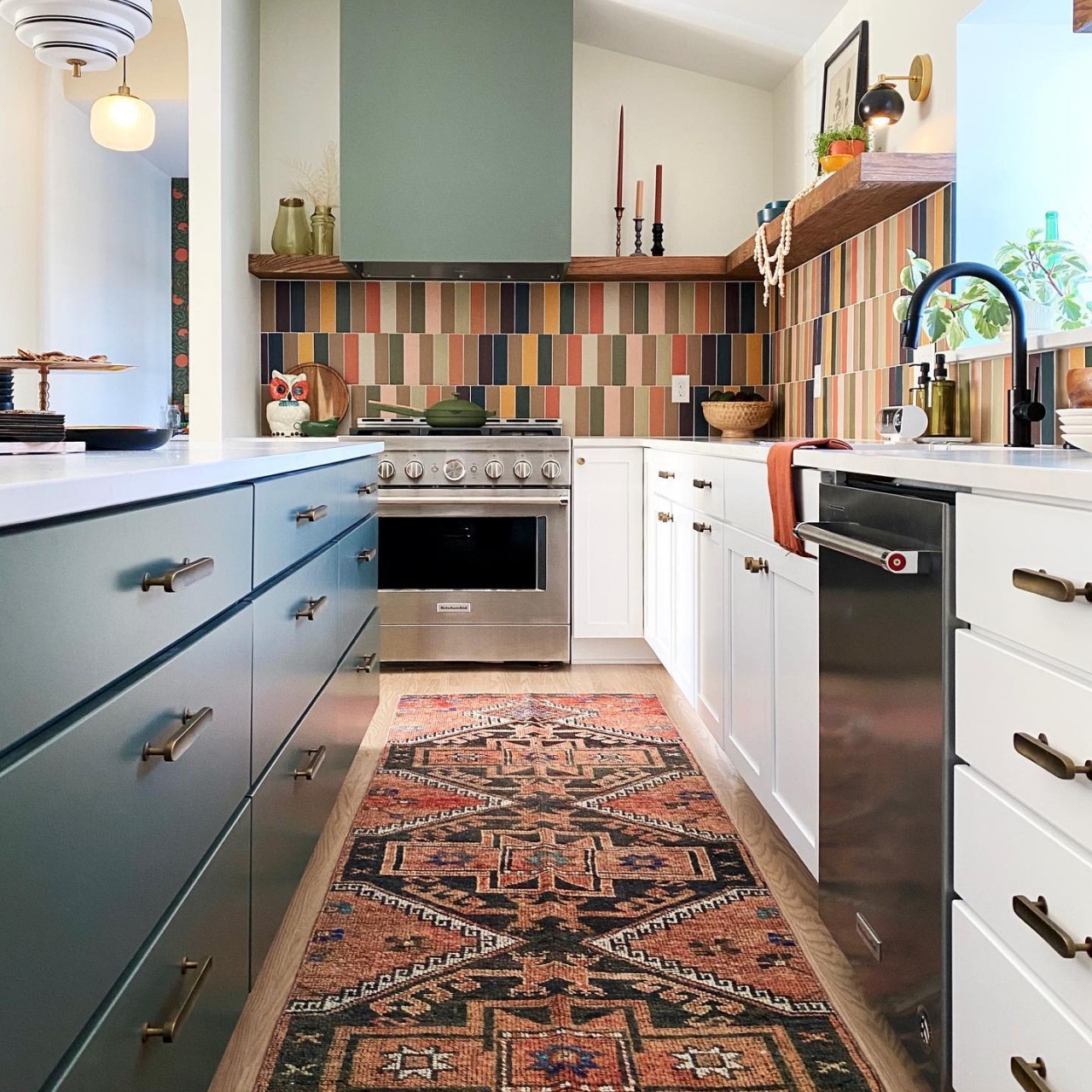

Designer: Fox Homes and Realty
An interior designer acts as a liaison between the client and external entities like false-ceiling contractors, electricians, plumbers, and carpenters. Constant project supervision forms a part of the designer’s role. Additionally, the designer facilitates coordination among the family members, incorporating their individual needs into the design. Using technical expertise, interior designers provide detailed execution plans to various contractors, specifying dimensions, materials, and finishes for on-site implementation.
Beautification
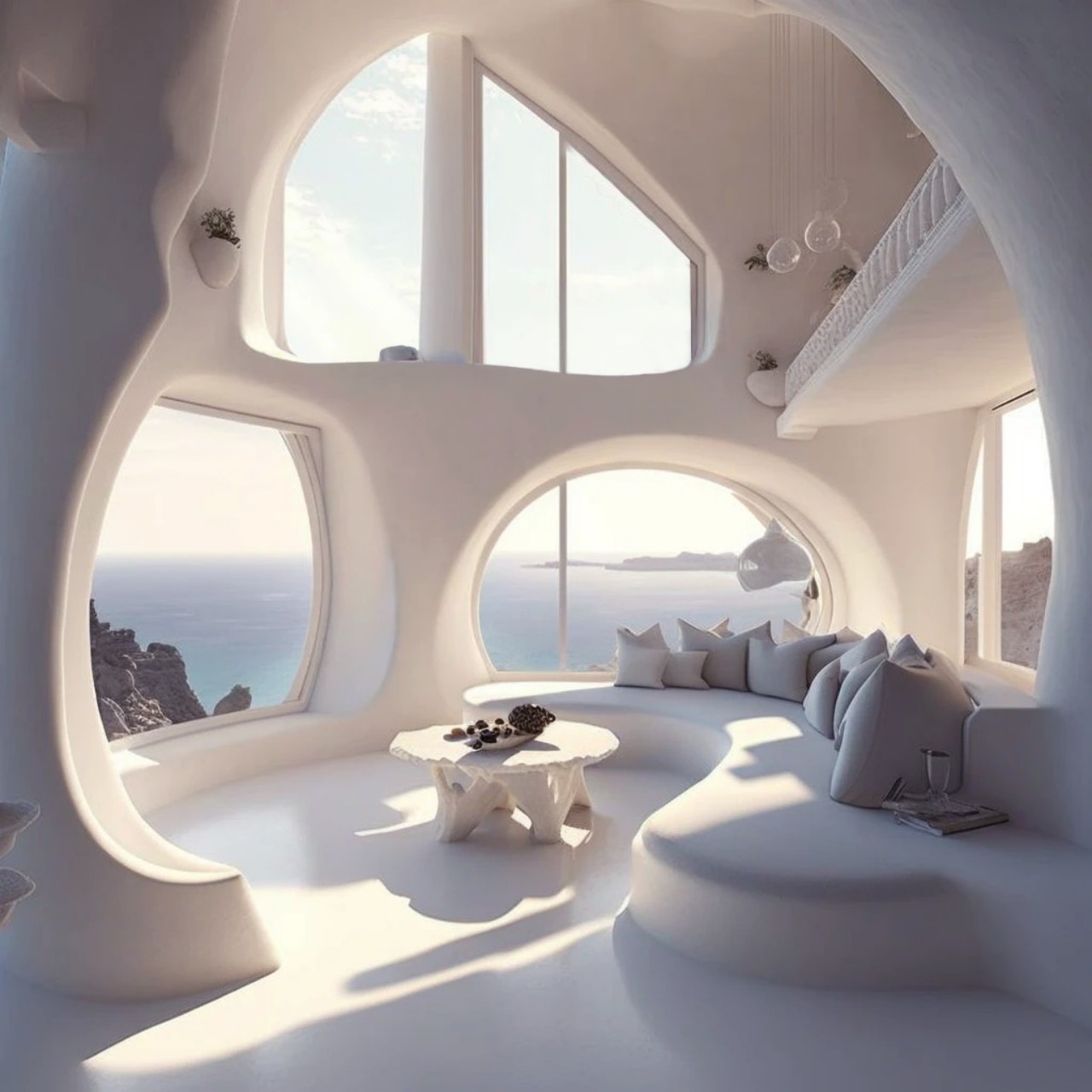

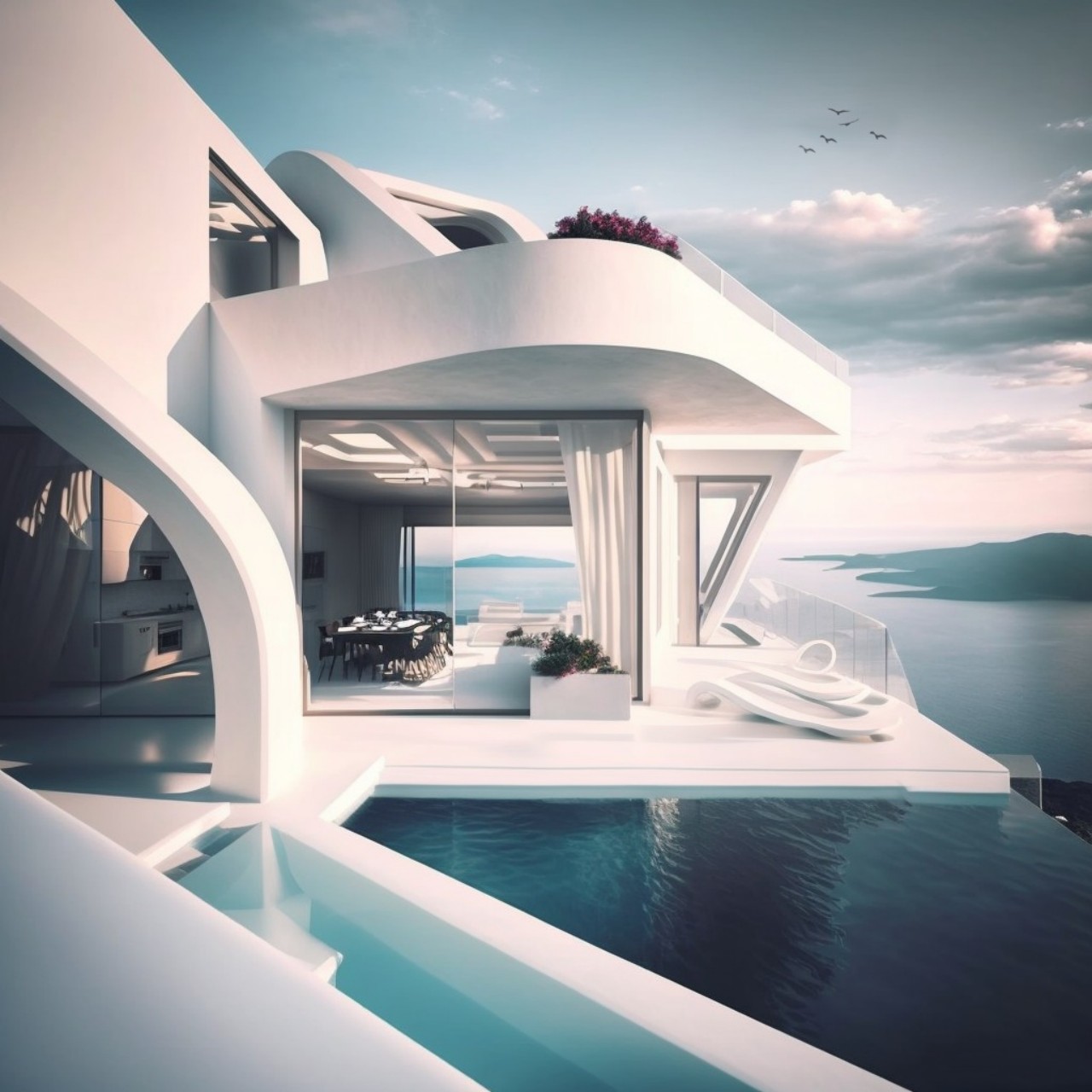

Designer: Vojtek Morsztyn
Leveraging their professional expertise, interior designers enhance the aesthetics and infuse a designer’s touch into the overall home decor. A notable advantage is their creative thinking and ability to envision the comprehensive design style, color choices, and layout for the entire home. Serving as guides, they actively participate in material selection, ensuring a cohesive look for the interiors. By working closely with homeowners, interior designers assist in achieving the desired look for the home, considering both the available space and budgetary constraints.
Save Money
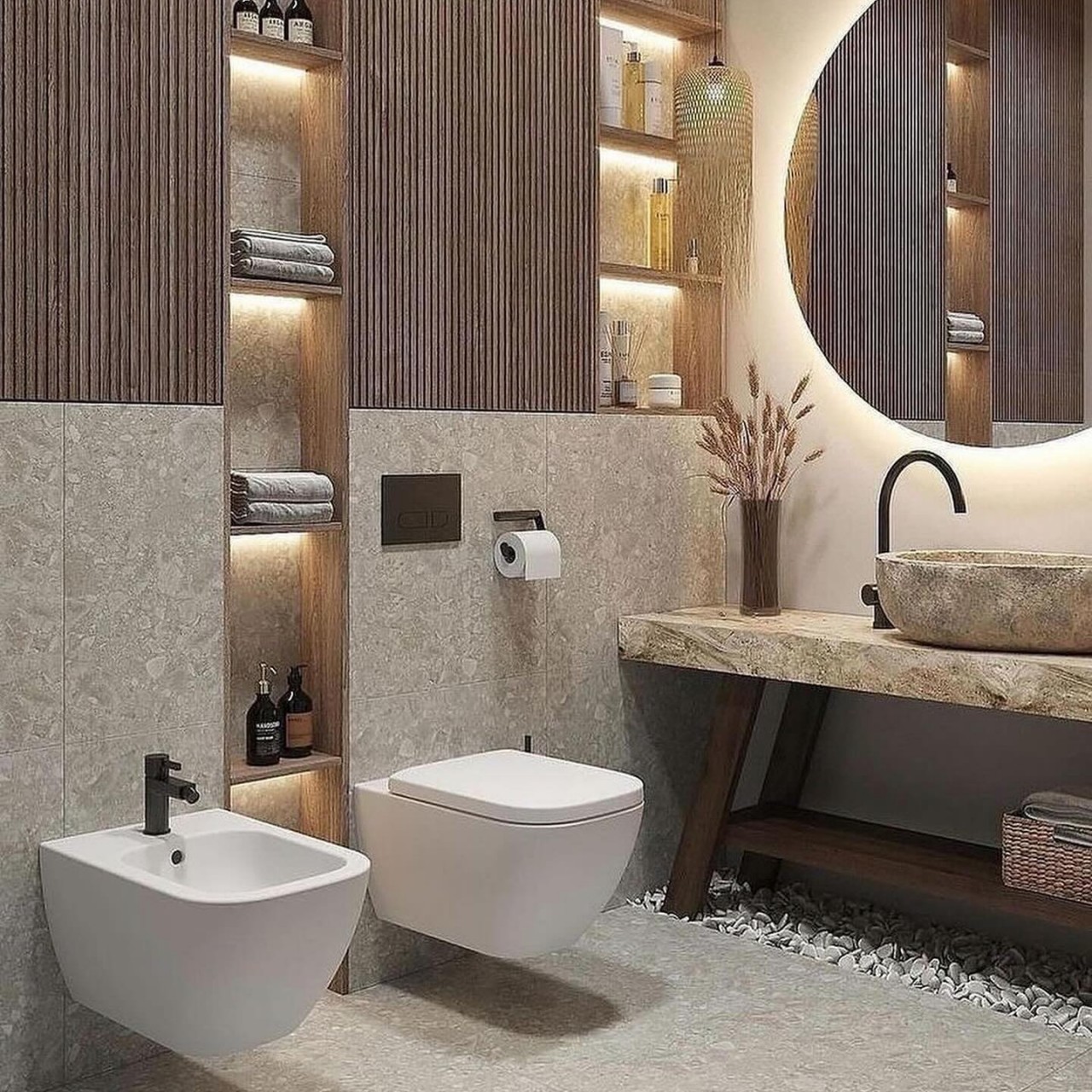

Designer: AX Interiors
While hiring a professional interior designer involves additional expenses in the form of consultation fees, it proves to be a cost-effective choice in the long run. Leveraging the designer’s expertise allows homeowners to make informed design decisions on-site, preventing potentially costly mistakes. Rectifying errors on-site incurs extra expenses and time, making the designer’s fee worthwhile in avoiding such complications. An interior designer assists homeowners in allocating their funds wisely, directing investments only where necessary. This approach minimizes unnecessary spending, ensuring that homeowners and clients stay within their budget constraints.
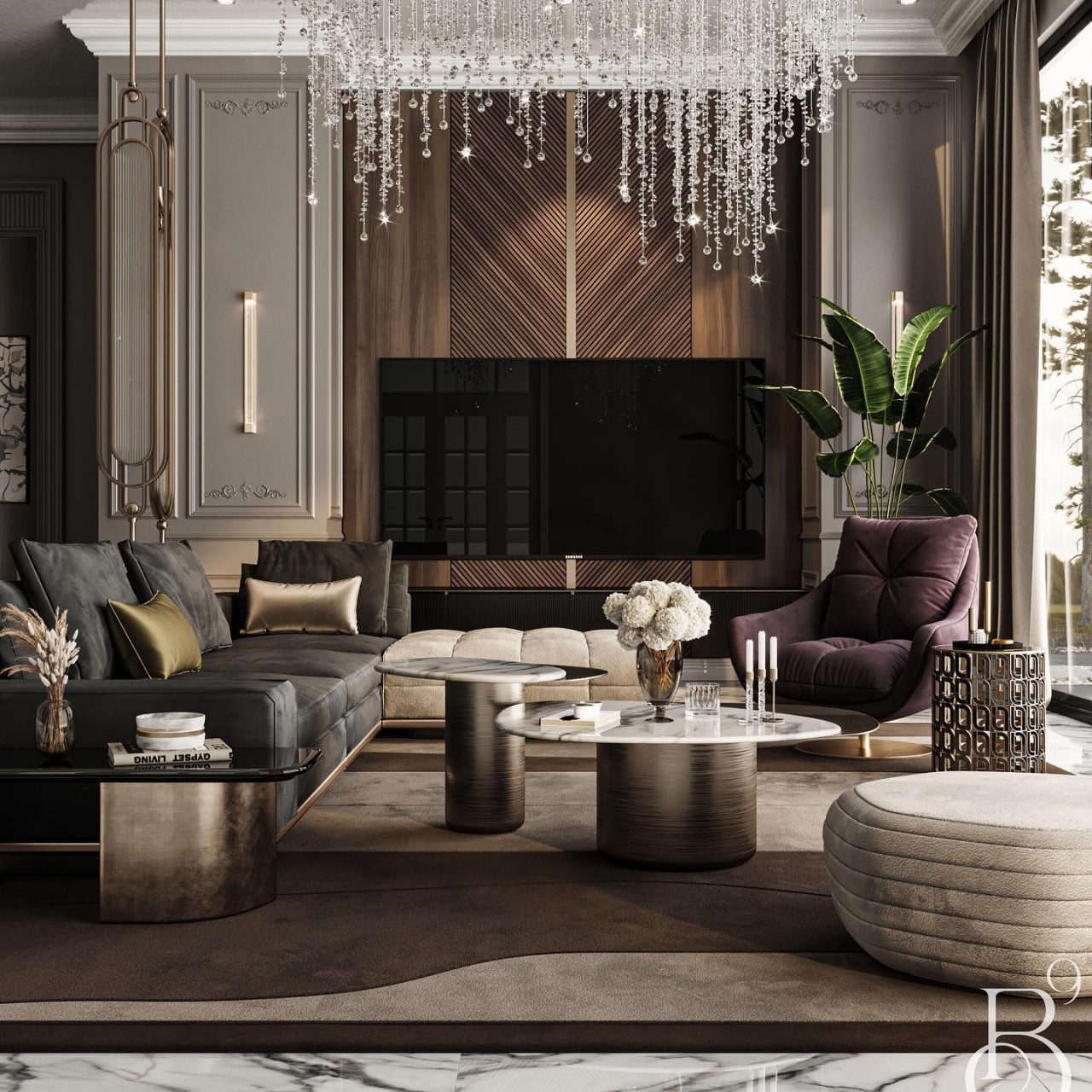

Designer: Base9 Studios
Save time
Considerable time is saved during project execution as homeowners are spared the task of researching various materials available in the market. An additional benefit is that an interior designer guides homeowners in making informed decisions regarding the sourcing and purchase of home decor items like light fixtures, flooring materials, and upholstery materials. The designer’s extensive and detailed knowledge about diverse products in the market eliminates the need for homeowners to spend days researching, and perhaps still not find suitable options. Moreover, an interior designer ensures a smooth workflow by comprehending the necessary steps for timely project completion.
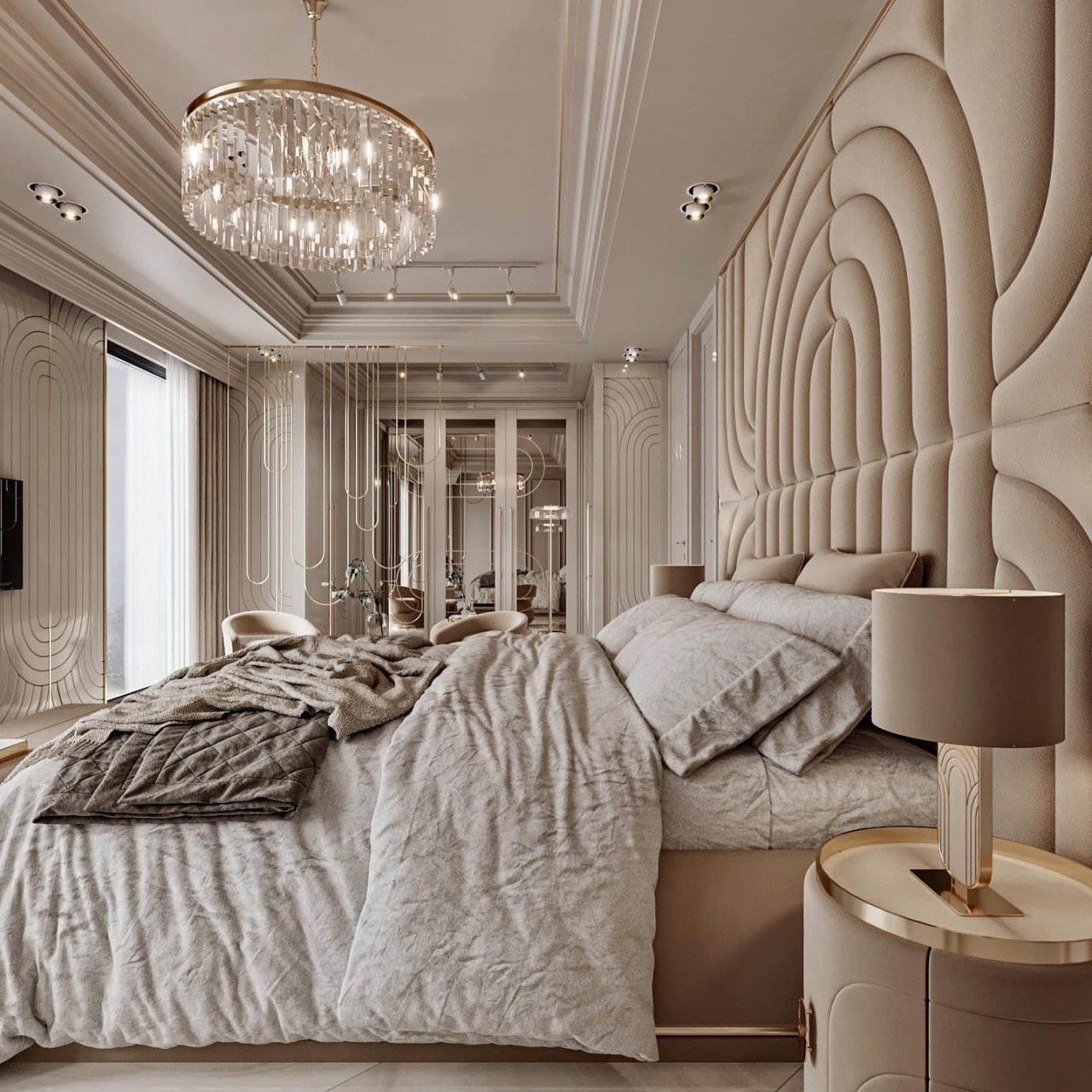

Designer: M.Serhat Sezgin
What are the different types of interior design?
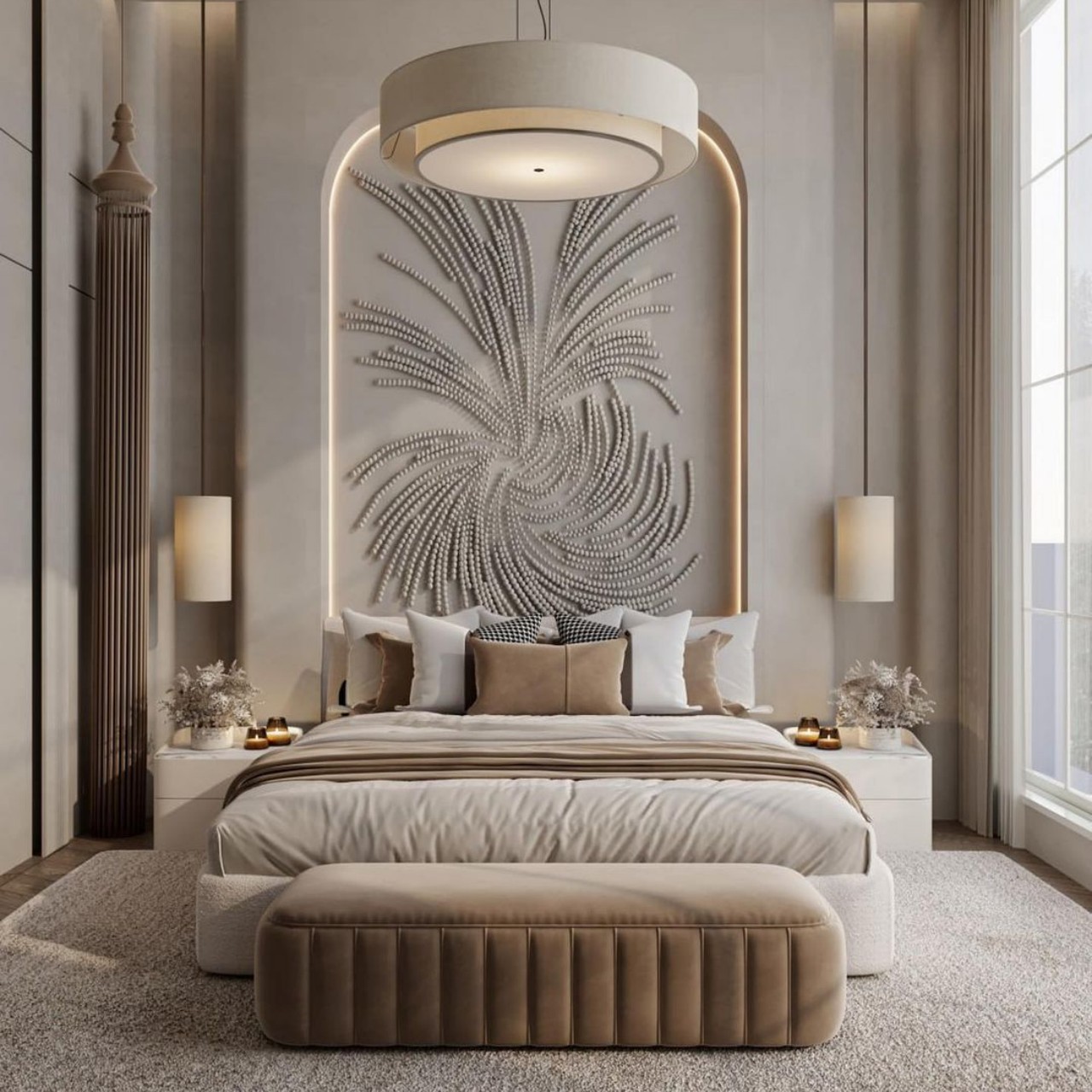

Designer: Marwa Tareq
The different types of interior design include:
Residential Design
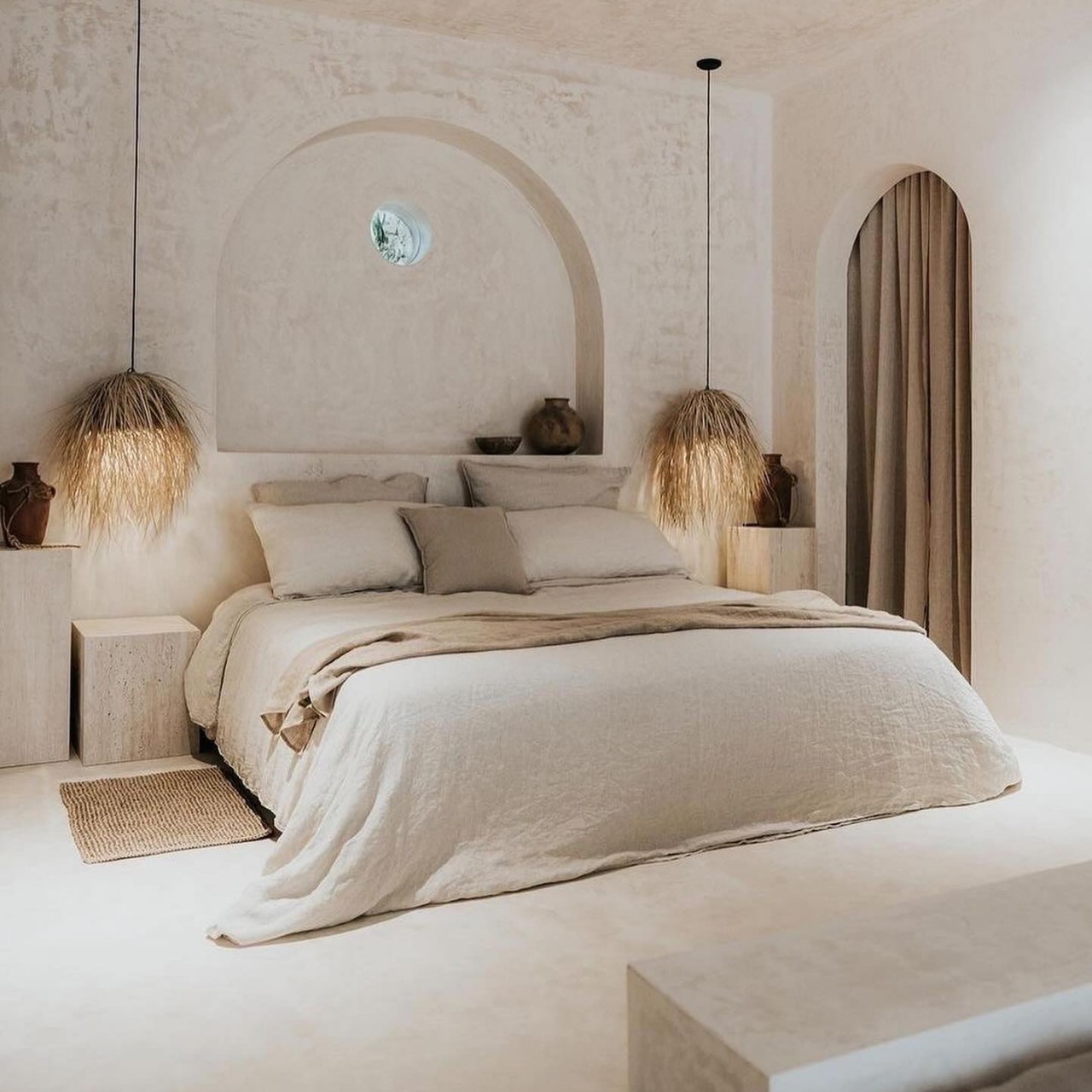

Designer: Terreo Studio
Private home interior design can be done professionally or by homeowners. For projects like a new kitchen, some homeowners choose an interior designer to ensure practical use of space. The designer supports design choices and oversees the project from start to finish.
Commercial Interior Design
Commercial interior design plays a crucial role in the success of a business. The selection of materials, colors, and furnishings must align with the company’s brand image. Various types of commercial spaces exist within the interior design spectrum.
• In hospitality interior design, well-designed restaurants optimize space to increase seating capacity, the revenue, the design helps reduce the waiting time and enhances customer comfort and overall experience.
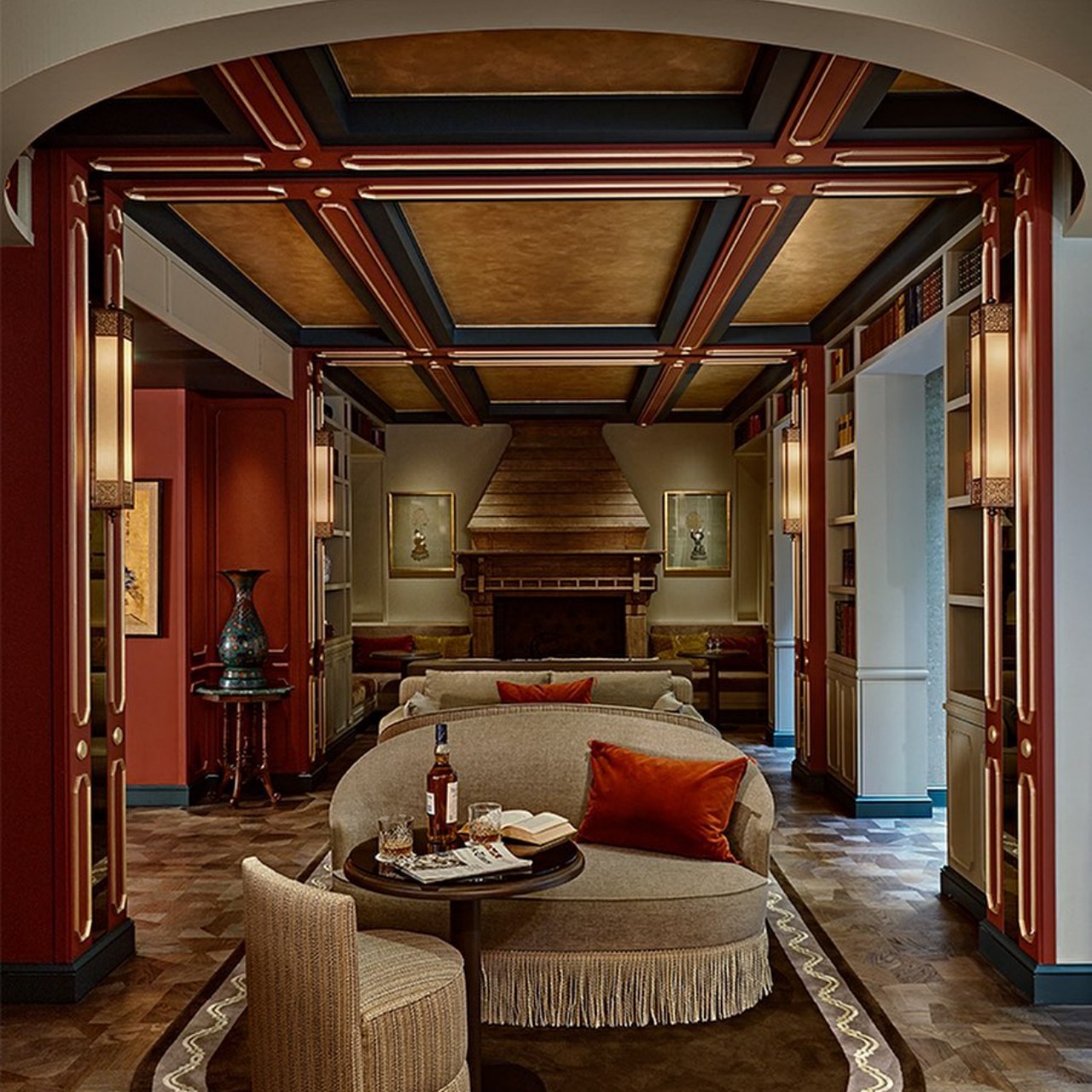

Designer: Elliott Barnes
• In retail interiors, the strategic use of commercial aesthetics can entice potential customers, fostering longer stays in the store and creating a unique in-store experience essential for competing with online retailers.
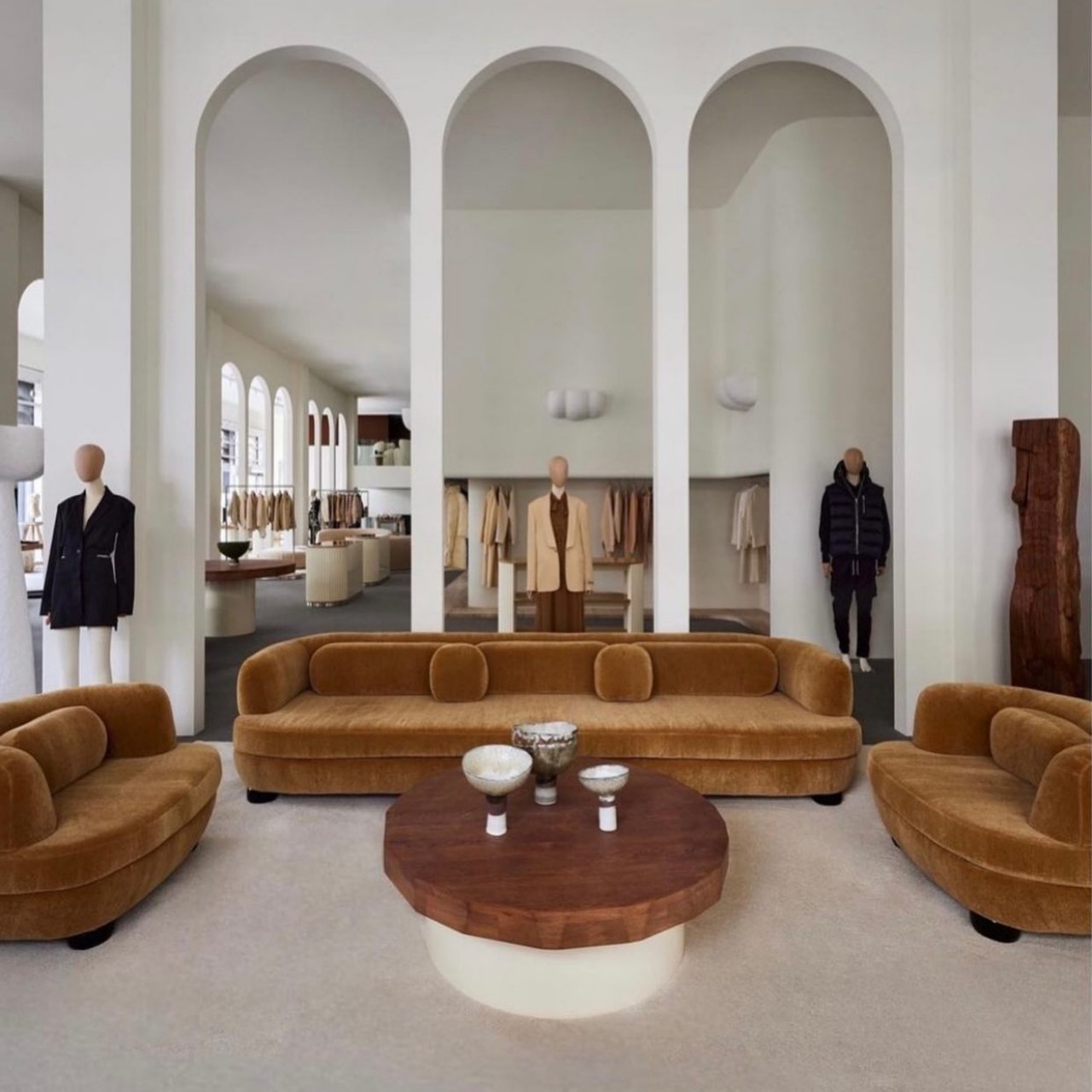

Designer: Emmanuel de Bayser
• The primary aim of sports interior design is to optimize the layout and design of facilities like cricket or football stadiums, changing rooms, and training facilities to enhance the experience for athletes and staff, while thoughtful arrangements in gym layouts can elevate workouts and boost memberships.
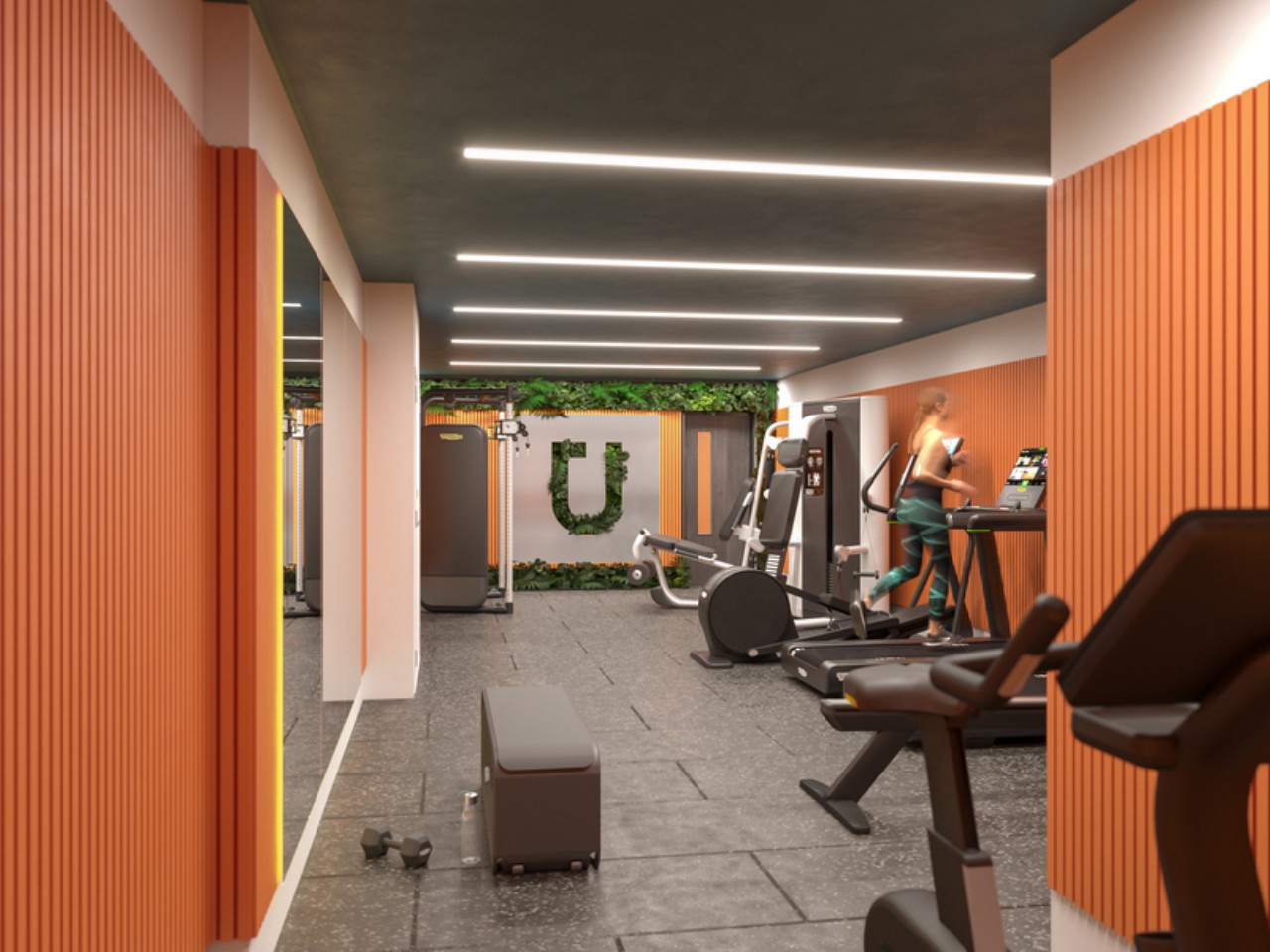

Designer: https://studio-93.co.uk/
• A well-planned office layout boosts productivity and communication in corporate interiors, while an attractive and functional design enhances visitor impressions, user experience, and overall staff comfort.
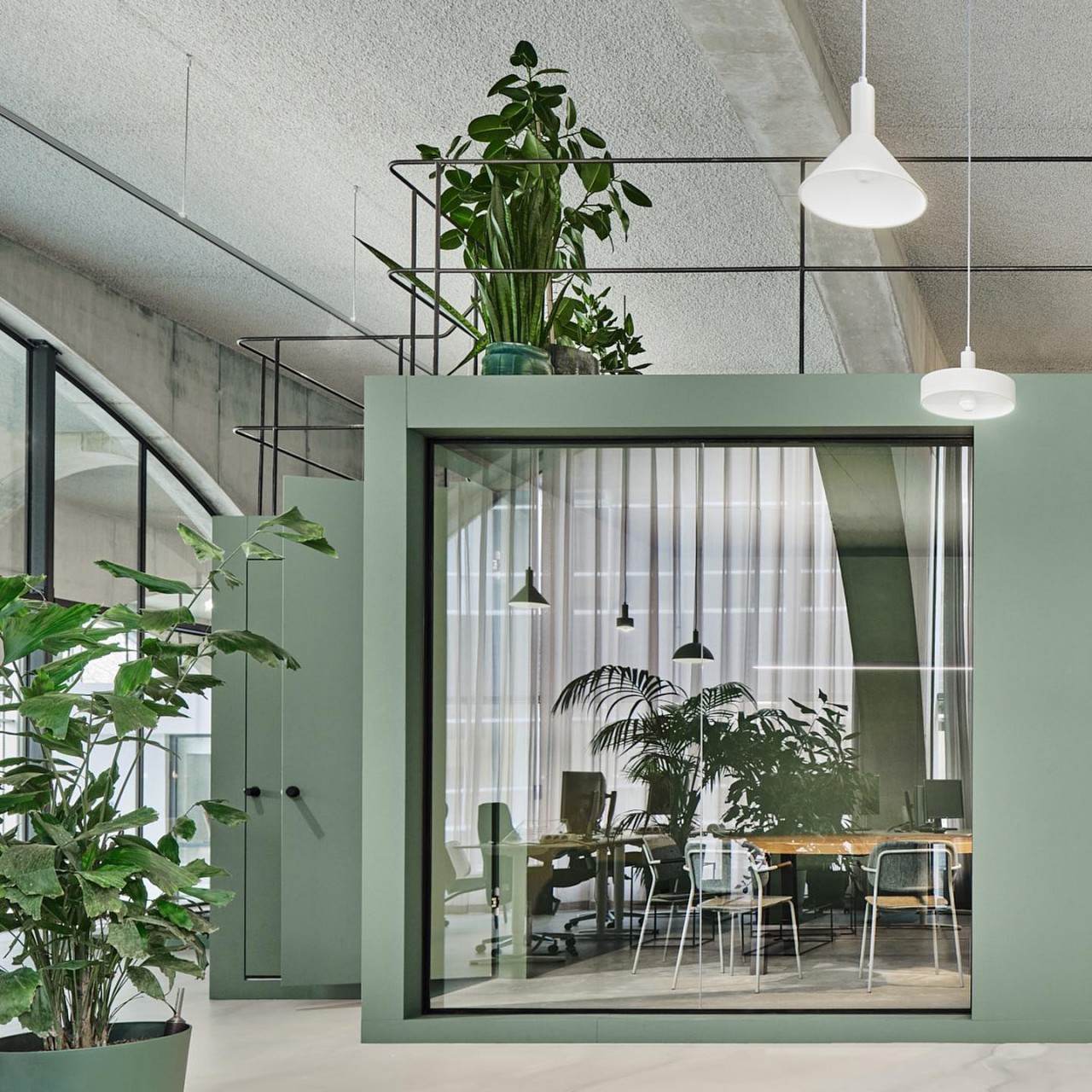

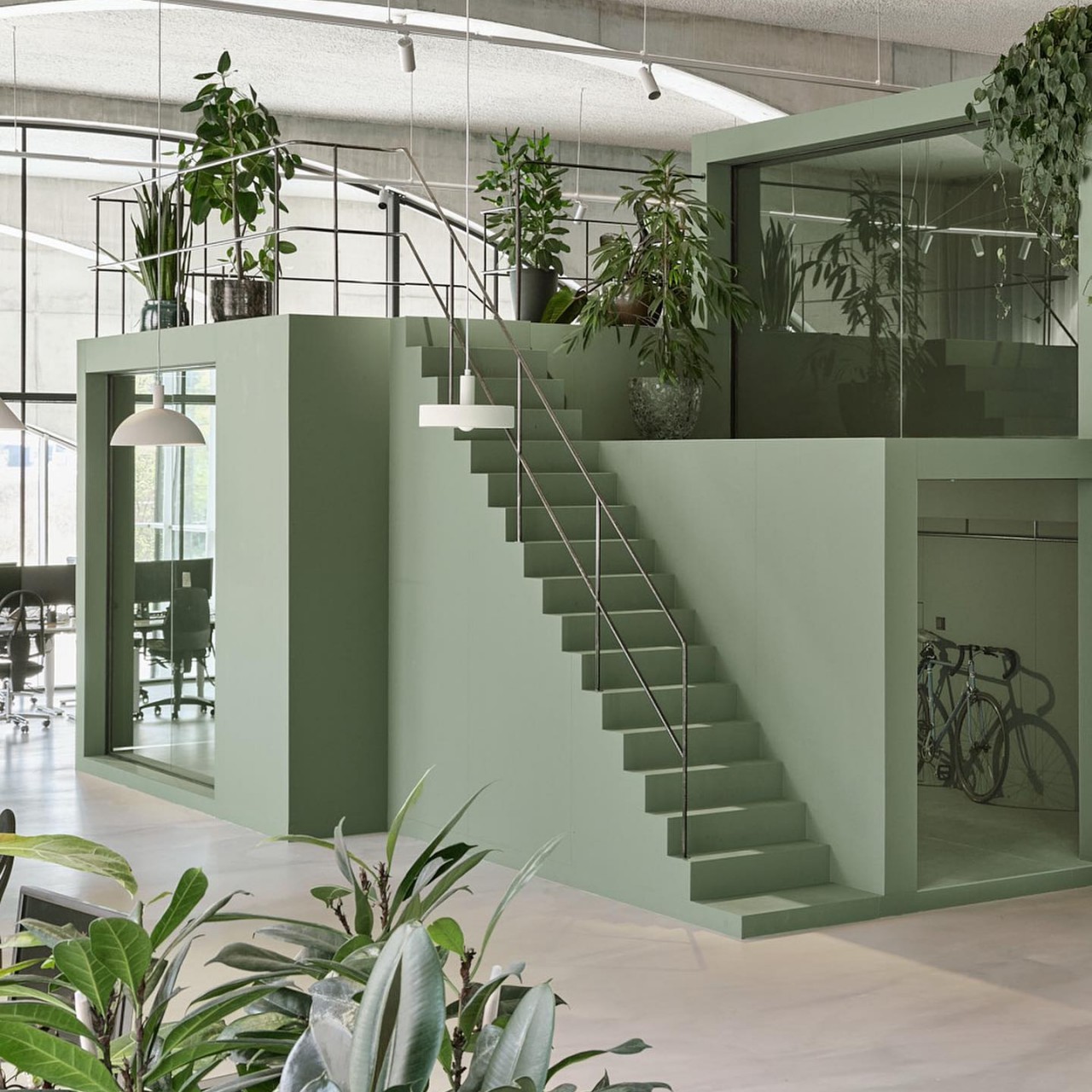

Designer: Studioninedots
What is an interior design concept?
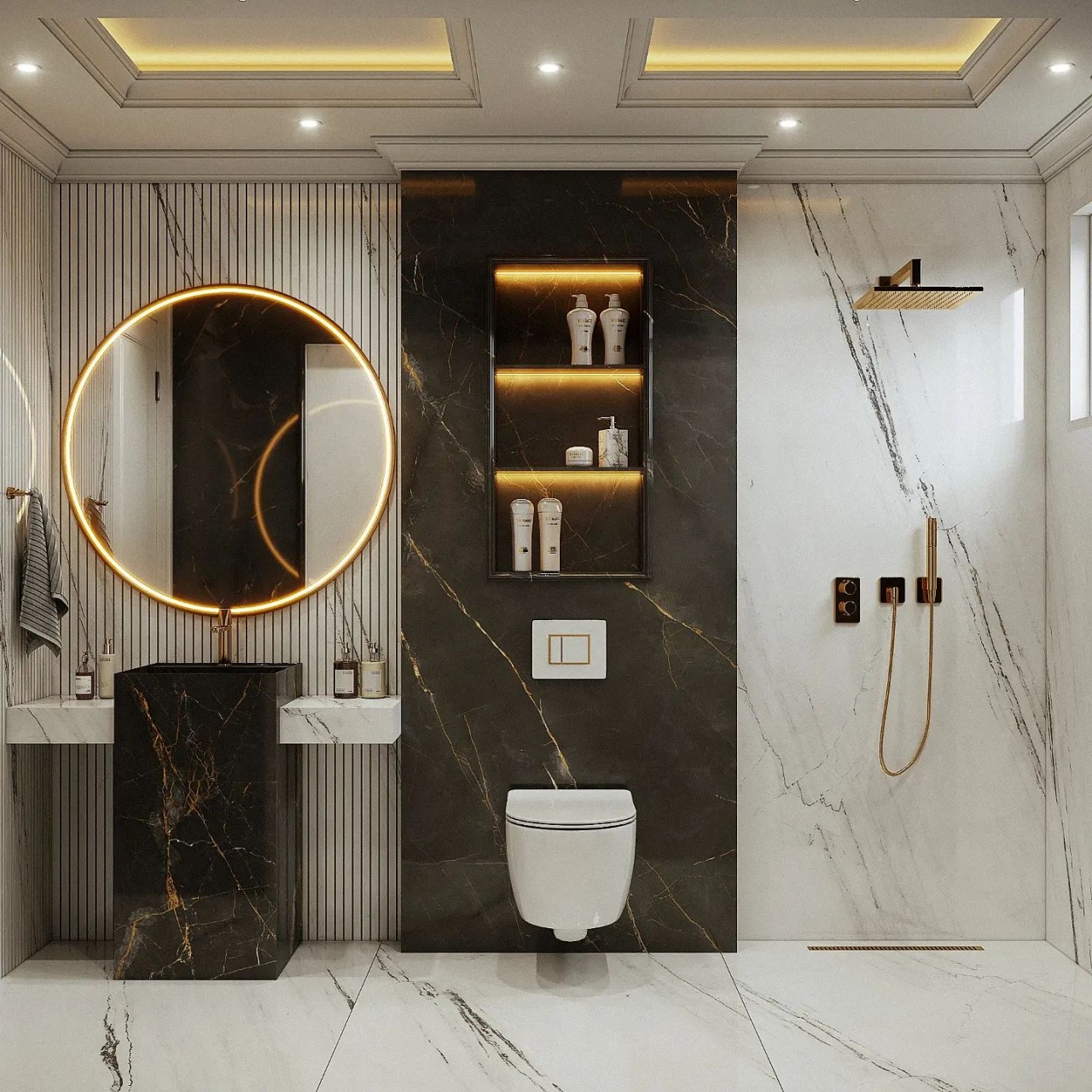

Designer: Moein Allahyari
An interior design concept serves as the central theme guiding all design elements, originating as an idea and materializing through meticulous planning. Ideally, it is a visual theme that skillfully employs color, space, and style to evoke a specific mood, transforming an idea into reality. This concept functions as a base that influences the client’s decisions on design, aesthetics, color, material selection, and other details.
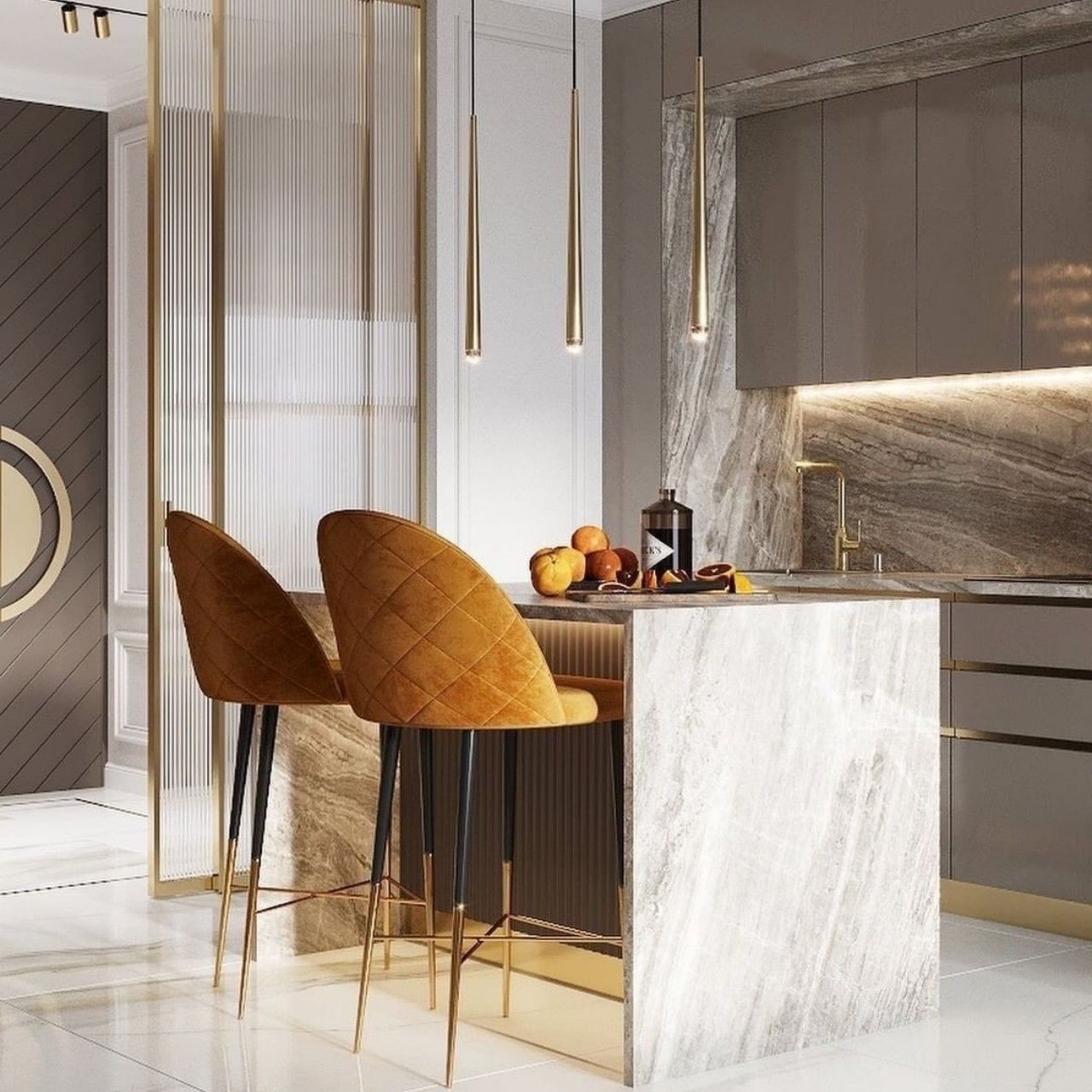

Designer: Juli Interiors
The inception of the design concept follows a discussion between the client and the interior designer regarding the space’s goals and objectives. This phase is where the interior designer unveils their creative ideas, providing clients with knowledgeable guidance to make informed design decisions as the project progresses.

